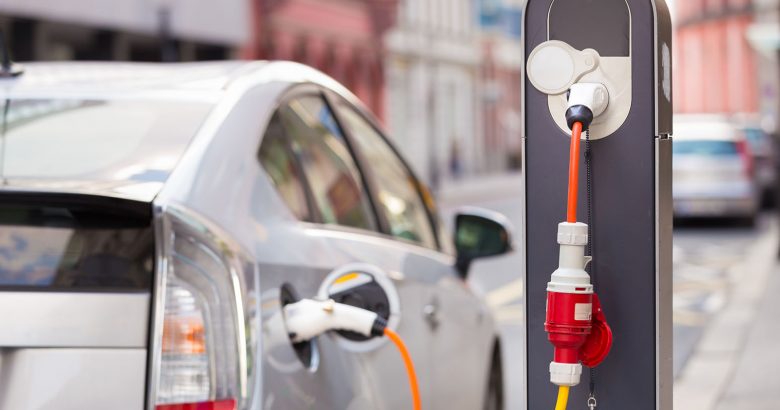
Electric Vehicles That Didn’t Make It
You know what they say about pioneers? “You can always recognize one because of all the arrows in their back.” Yes, it’s exciting to be a pioneer but that’s the stage in a product’s development when a lot of the errors and mistakes occur. Business experts will tell you that pioneers often open up a new product category but usually don’t conquer it because of all the problems they need to solve.
If there ever is a good example of a pioneering product, it’s the Electric Vehicle (EV). The early ones were slow and had limited ranges. And many of them were dismal failures from the viewpoint of sales and profits. Frankly, that’s why Mazda has waited to make an EV -it’s the pioneer arrows analogy. We asked Hiley Mazda of Arlington, a local Mazda dealer in Arlington, TX, if Mazda is going to ever make an EV and the answer is yes, in 2019 but they had no interest to be an early mover in the category. While we wait for 2019 to roll around, let’s look at some of the EVs that came and went already.
Coda
The Coda was a four-door, four passenger electric vehicle manufactured by Los Angeles-based Coda Automotive. Coda had a rough start. After production was re-scheduled several times, deliveries to retail customers began in March 2012. They were sold exclusively in California and only 117 units were delivered before the company went bankrupt. Perhaps it was the car? It was capable of traveling 88 miles on a full charge but at a price of $37,250, it was simply too expensive.
Smart Fortwo
You can’t miss a Smart Car. It’s a car that was not much bigger than a golf cart and is really cute. Although some good numbers of Smart cars were sold, it suffered with from poor performance. Example: Its range was 68 miles on a full charge so the Smart Fortwo never really had the ability to go beyond 30 miles in one direction. Oh, and it maxed out at 74 horsepower! This wasn’t enough power to allow much acceleration so passing another car was out of the question. The real kicker came with charging issues, though. It would take over 6 hours to get the battery charged to 100%. That’s a long time compared to today’s EVs. In 2014, its peak year, Smart sold 2,594 units, or about 215 a month.
Cadillac ELR
General Motors got a little weird with this one: a Cadillac EV. Can you picture your average Cadillac buyer wanting an EV? Well, apparently GM did. Powered by a similar drivetrain as the original Chevrolet Volt, this plug-in hybrid coupe sold for over $75,000. Yes, over $75,000. Cadillac sold just 2,694 units in total. Apparently everyone who wanted an expensive EV wandered over to their nearest Tesla dealer.
Mitsubishi i-MiEV
Mitsubishi i-MiEV debuted in 2011 and this is the last year of production. Sales have been miniscule probably because it offers relatively poor specs. For example, it is capable of covering just 62 miles on a full charge which is a real problem for many perspective owners. And it retails for $22,995. That’s probably why it sells just between 100 and 200 models a year. Ready for this? In March 2016 just one person bought a i-MiEV in the United States.
Th!nk City
Th!nk City was an EV produced in Th!nk Global, a Norwegian carmaker. It is a small two-seater car produced from 2008 to 2012, with a top speed of 68 mph and a range of 99 mi on a full charge. The Th!nk City car wasn’t a disaster but it had several things going against it. First it produced a maximum of 50 HP so acceleration was “tepid” and it had an MSRP of $36,495. Th!nk went bankrupt in 2012.